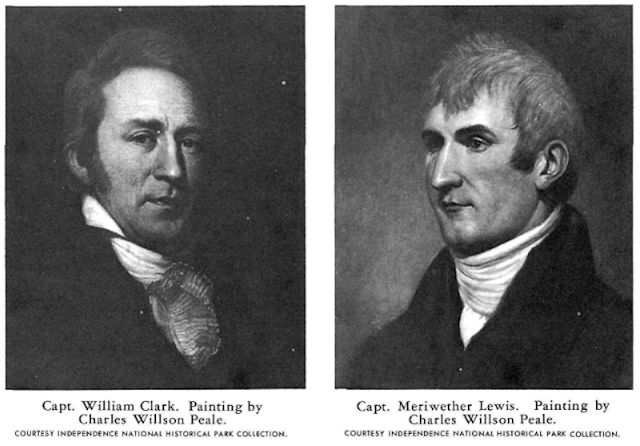On This Date In History
On December 7, 1787, in Dover, Delaware, the U.S. Constitution is unanimously ratified by all 30 delegates to the Delaware Constitutional Convention, making Delaware the first state of the modern United States.
Less than four months before, the Constitution was signed by 37 of the original 55 delegates to the Constitutional Convention meeting in Philadelphia. The Constitution was sent to the states for ratification, and, by the terms of the document, the Constitution would become binding once nine of the former 13 colonies had ratified the document. Delaware led the process, and on June 21, 1788, New Hampshire became the ninth state to ratify the Constitution, making federal democracy the law of the land. Government under the U.S. Constitution took effect on March 4, 1789.
On December 7, 1805, having spied the Pacific Ocean for the first time a few weeks earlier, Meriwether Lewis and William Clark cross to the south shore of the Columbia River (near modern-day Astoria) and begin building the small fort that would be their winter home.
Lewis, Clark, and their men deserved a rest. During the past year, they had made the difficult trip from the upper Missouri River across the rugged Rockies, and down the Columbia River to the ocean. Though they planned to return home by retracing their steps in the spring, the Corps of Discovery settled in the relatively mild climate of the Pacific Coast while winter raged in the mountain highlands.
For their fort, Lewis and Clark picked a site three miles up Netul Creek (now Lewis and Clark River), because it had a ready supply of elk and deer and convenient access to the ocean, which the men used to make salt. The men finished building a small log fortress by Christmas Eve; they named their new home Fort Clatsop, in honor of the local Indian tribe.
During the three months they spent at Fort Clatsop, Lewis and Clark reworked their journals and began preparing the scientific information they had gathered. Clark labored long hours drawing meticulous maps that proved to be among the most valuable fruits of the expedition. After talking with local Native Americans, the two men determined that they had taken an unnecessarily difficult path through the Rockies, and planned alternate routes for the return journey. Meanwhile, the enlisted men and fellow travelers hunted and trapped, they killed and ate more than 100 elk and 20 deer during their stay.
While the stay at Fort Clatsop was peaceful, it was not entirely pleasant. The expedition party rapidly depleted its supply of gifts and trading goods. Most vexing was the damp coastal weather, rain fell all but twelve days of the expedition’s three-month stay. The men found it impossible to keep dry, and their damp furs and hides rotted and became infested with vermin. Nearly everyone suffered from persistent colds and rheumatism.
The expedition departed for home from soggy Fort Clatsop on March 23, 1806. The region they explored later became the state of Oregon, Lewis and Clark’s journey strengthened the American claim to the northwest and blazed a trail that was followed by thousands of trappers and settlers.











No comments:
Post a Comment